Non-agricultural job data, English is English N On Farm Payrols, referred to as NFP, is the Bureau of Labor Statistics (Bureau BLS) The monthly release is mainly aimed at the statistical report of the number of non-agricultural employment.
Employees statistical in non-agricultural employment data exclude agricultural personnel, private family employees, non-profit organization employees, and government employees.The statistics of employees account for about 80%of employees in the United States.Therefore, non-agricultural employment data is the US economy and health.The most important indicator data.
Fed Reserve will understand the health status of the US employment market by tracking non-agricultural employment data and use its data as one of the guiding data to adjust monetary policy.
For investors, non-agricultural employment data is one of the important indications of the US economic situation.Investors can understand the development of various industries in the United States and use it as one of the reference data for their own investment strategy.
At the same time, non-agricultural employment data will also have a direct impact on the US dollar in the foreign exchange market.Generally, non-agricultural employment data will perform well, and the US dollar will go higher.On the contrary, if non-agricultural employment data is weak, the US dollar will fall quickly.
The US Department of Labor Statistics will be released at 8:30 in the morning on the first Friday Eastern Time of the first Friday.If it happens to the festival, it will be postponed to the same time of the next Friday.
Bleak American broker:Ying Diandai 劵| | Futu Moomoo| | Microex Securities| | Tiger securities| | First securities| | Robinhood in
Directory of this article
- Why is non-agricultural employment data so important?
- How is American non-agricultural job data be counted?
- How is Chinese non-agricultural job data statistics?
- How to inquire about US non-agricultural employment data information?
- How to inquire about Chinese employment data?
- American Langshang Daquan
- More macroeconomic data
Why is non-agricultural employment data so important?
Non-agricultural employment data is one of the most important economic reference indicators in the United States.
Non-agricultural employees occupy about 80%of employees across the United States, so this data can directly indicate the current employment situation in the United States, and it is also one of the main driving forces in market development.At the same time, when counting non-agricultural employment data, many other employment-related data, including unemployment rates, employment conditions in different industries, and an average annual wages of each hour.Tracking non-agricultural employment data can track the US economic health in time and accurately.
1.For government departments or the Federal Reserve
Tracking non-agricultural employment data can understand the development of the US economy.
When non-agricultural employment data increases, it shows that enterprises and companies in different industries and companies are increasing their jobs.More and more personnel can obtain economic sources through work, which usually indicates that the US economy is in a healthy and positive stage of development.
However, for non-agricultural employment data with too fast progress, the Fed will take measures such as interest rate hikes to help economic development cool down and avoid excessive inflation.
Similarly, if non-agricultural employment data is weak, indicating that the jobs provided by the enterprise are limited, the overall economic development speed will slow, and the Fed will help stimulate the economy through measures such as interest rate cuts.
2.For investment institutions or individuals
The impact of non-agricultural employment data on the financial industry is mainly manifested on the impact of stocks and foreign exchange markets.
The market’s response before and after the release of non-agricultural employment data will be very fast, and in most cases, these reactions will be unstable.
For stock market investors
Investors may evaluate the development status and future trends of various industries through the data trend of different industries in non-agricultural employment data, and understand that different industries are in the stage of expansion or contraction.Essence‘
When the trend of non-agricultural employment data in the industry rises, it shows that the current level of housing exhibitions in the industry is good, and investing in it is often a relatively safe investment strategy; on the contrary, if the value of non-agricultural employment data in the industry is declining, it means that the industry is currently due to the current causeDevelopment is blocked by various factors, so it is necessary to immediately adjust the investment strategy to avoid excessive losses.
For foreign exchange investors
The higher of the value of non-agricultural employment data indicates that the US economic development is good, which often leads to the rise in the US dollar in the foreign exchange market.On the contrary, when non-agricultural employment data shows a downward trend, the value of the US dollar in the foreign exchange market will begin to decline.
But sometimes, if the value of the overall non-agricultural employment data is higher, but some details of the data, such as the hourly salary and unemployment rate, may occur rapidly, so that the US dollar may soar rapidly in a short time, but it will slowly return to the previous level.Therefore, investors can adjust foreign exchange investment strategies in a timely manner before and after the release of non-agricultural employment data.
How is American non-agricultural job data be counted?
U.S.non-agricultural employment data is Bureau of Labor Statistics ( BLS) Statistics and release.
1.Statistics of non-agricultural employment data
The number of employment statistics of non-agricultural employment data does not include the number of employment of the following personnel:
- Government staff (Government worker): Cultural personnel, Central Intelligence Agency, National Security Agency, National ImageRy and Mapping Agency, and The Defense Intelligence Agency ) The employee is not included in the rightIn the statistics of agricultural employment data.
- Private family (Private HouseHolds): Private family employees and family maids are not included in non-agricultural employment data statistics.
- owner (Proprietors): Employees including individual operators and self-employed people are not included in non-agricultural employment data statistics.
- Non-profit department employees (NON-PROFIT EMPLOYES): All employees of non-profit departments are not included in non-agricultural employment data statistics.
2.Statistics of non-agricultural employment data
BLS uses an institutional survey method to perform statistics from non-agricultural employment data.The report mainly includes:
- The total number of non-agricultural jobs increased monthly;
- Increase the number of non-agricultural employment in different industries;
- length of work;
- Average hourly salary.
3.Release time of non-agricultural employment data
BLS will be released at 8:30 in the morning on the first Friday Eastern time of the first Friday.
If it happens to the festival on Friday, it will be postponed to the same time of the next Friday.
How is Chinese non-agricultural job data statistics?
At present, China does not implement statistics from non-agricultural employment data.Instead, statistics are based on the total number of employment, the number of employees of different industries, and the number of employment in different regions.
This statistics conducts sampling surveys twice a year, and then released a survey statistics on each website of the National Bureau of Statistics in April each year
The survey target is the labor population at the age of 16.Including the employment population that does not conduct statistics in non-agricultural employment statistics in the United States, such as individual self-employed personnel, and employment staff of state-owned units.
The survey method is to report the employment registration of enterprises on the urban unit, and implement the regular reporting system to count the data.
In the survey classification, different industries refer to the first industries, the second industry, and the tertiary industry, which refers to:
- The first industry refers to industries related to the aquaculture industry, planting industry, and cultivation of biomaterials, including agriculture, forestry, animal husbandry, fisheries, etc.
- The second industry refers to the processing and manufacturing, including mining and manufacturing.This industry mainly relies on raw materials provided by nature and first industries for processing.
- The tertiary industry refers to other industries other than the first and second industries, including retail, catering, finance, education, etc.
- Regional classification
How to inquire about US non-agricultural employment data information?
step one: Entering the Ministry of Labor Labor Statistics ( Bureau of Labor Statistics Cure

Step 2: Enter the “Economic Releases” column on the homepage:
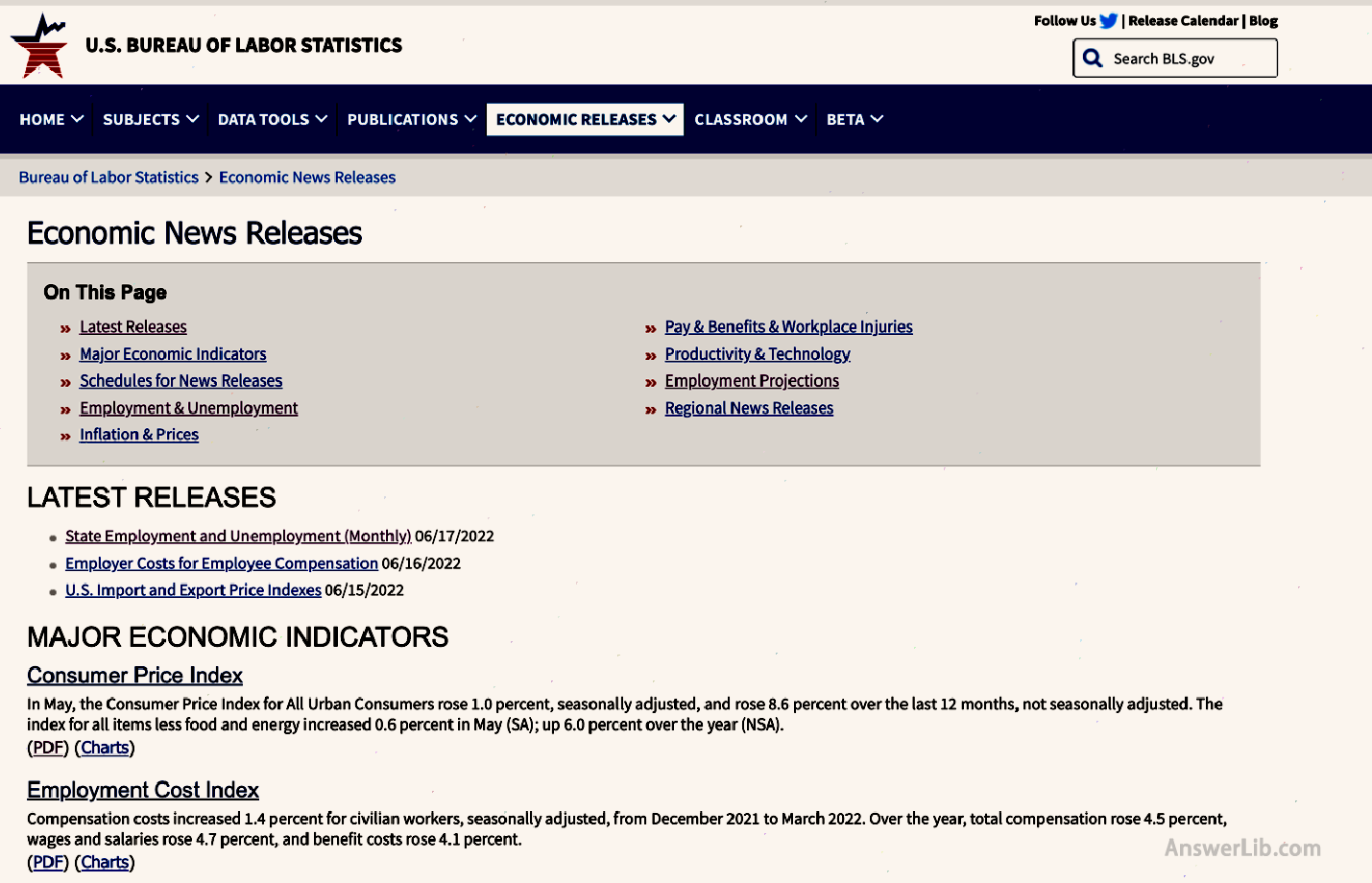
Step 3: Drag the page down and find “Employment Situation”
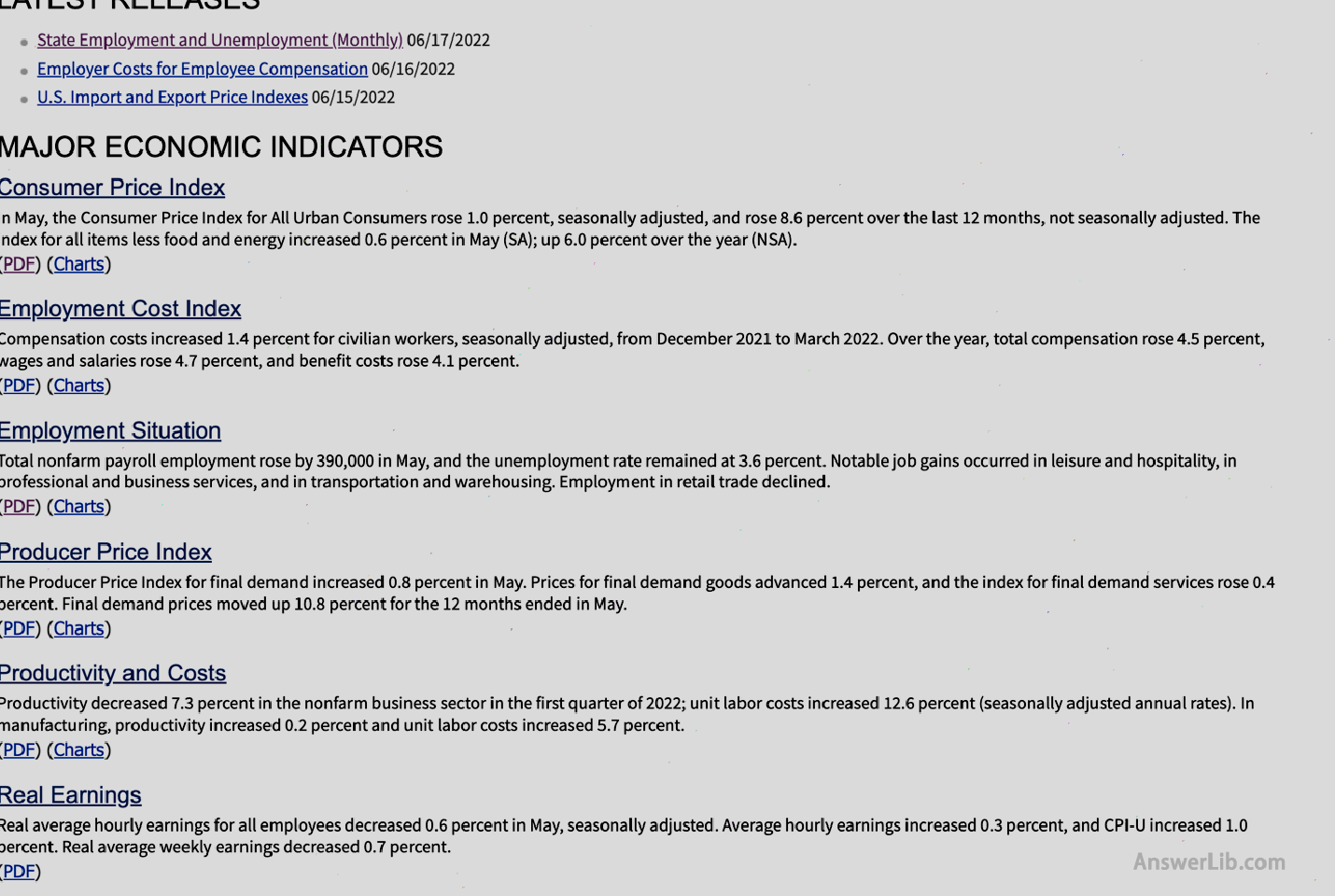

Step 4: Find “Employment Situation Sumary” in the Employment Situit page
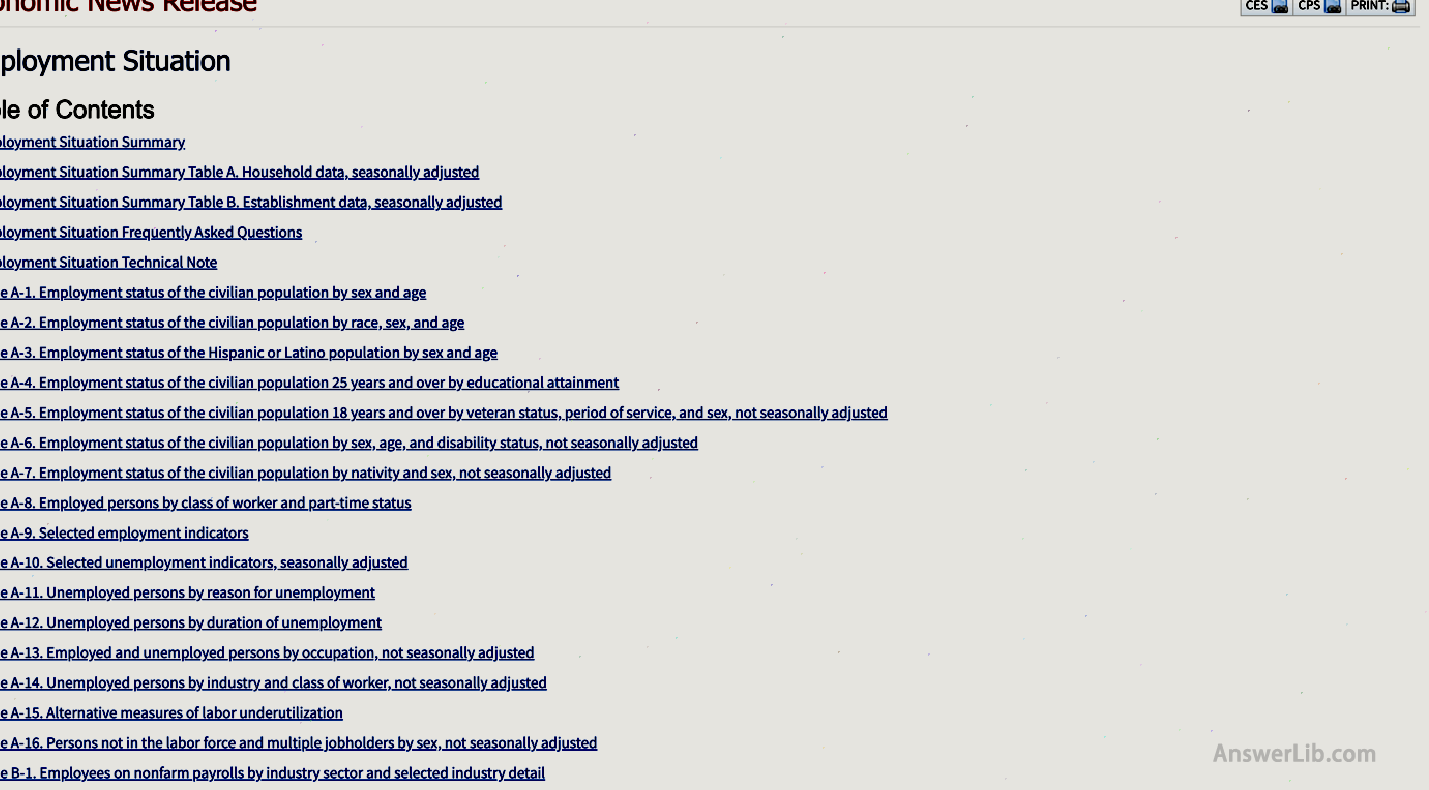
Step 5: After entering, you can see the latest release of employment report report review
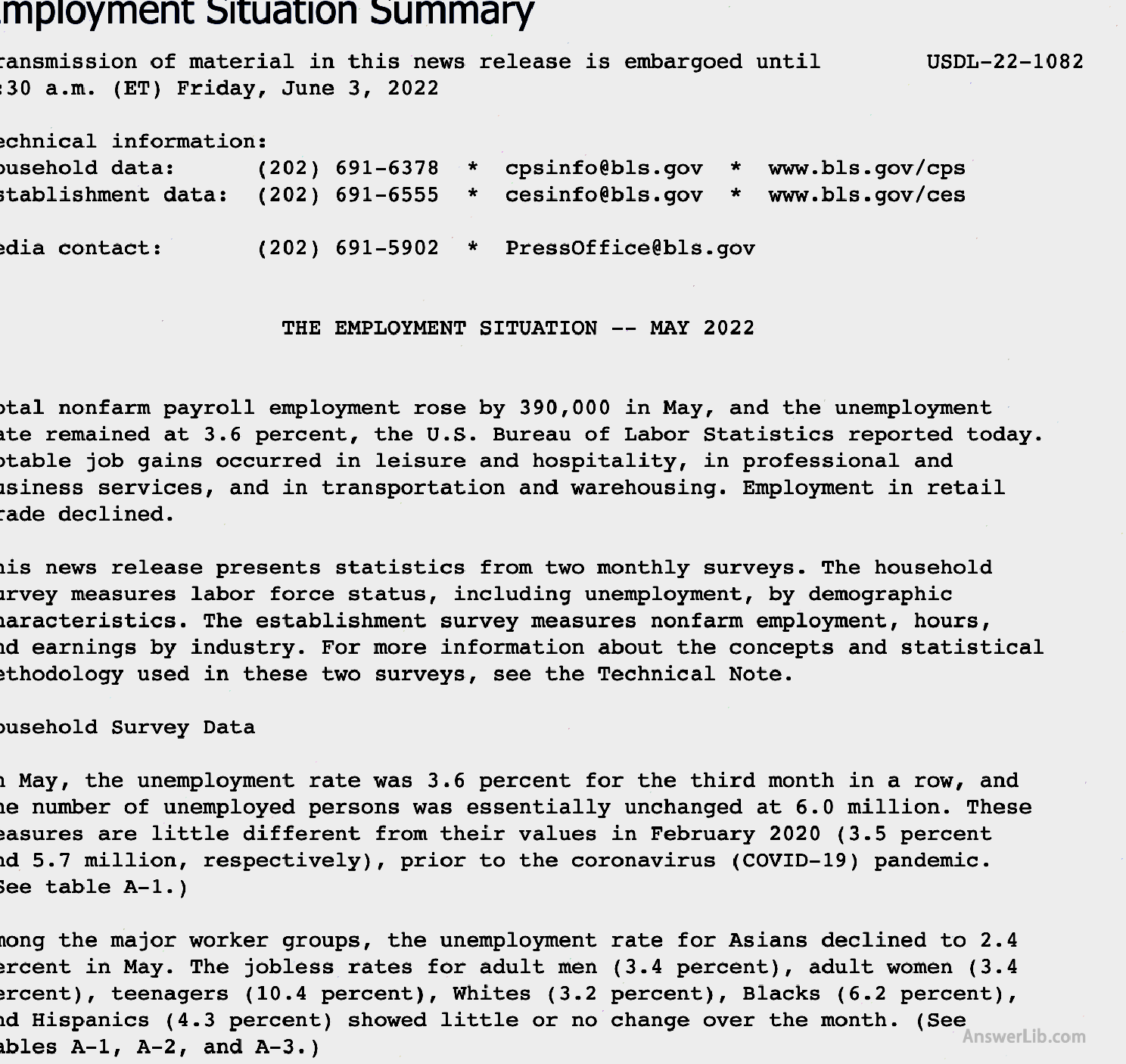
Step 6: At the same time, you can also find the B-1 table on the “Employment Situation SUMMARY” page.
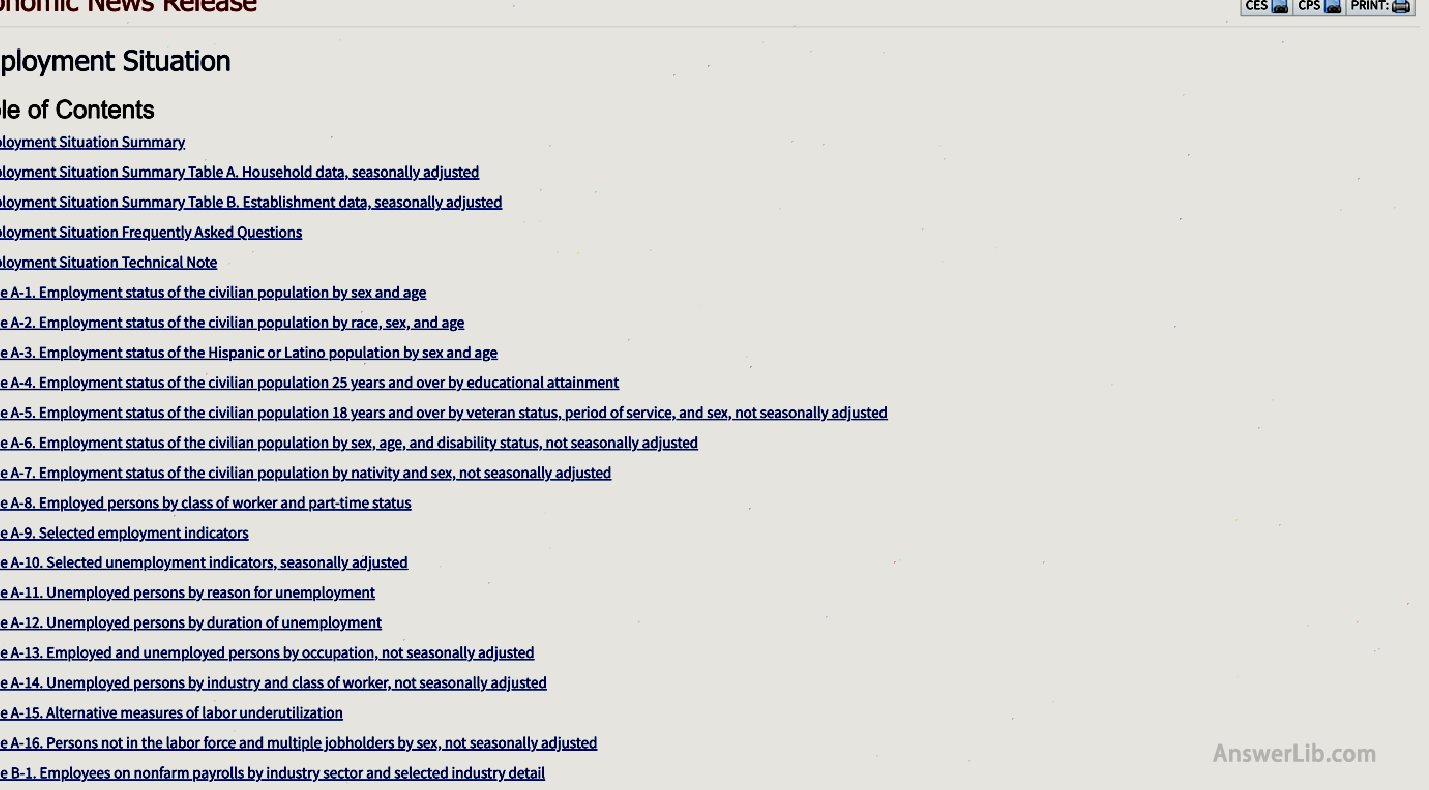
Step 7: After entering, you can view a more detailed non-agricultural job data table, including year-on -year data.
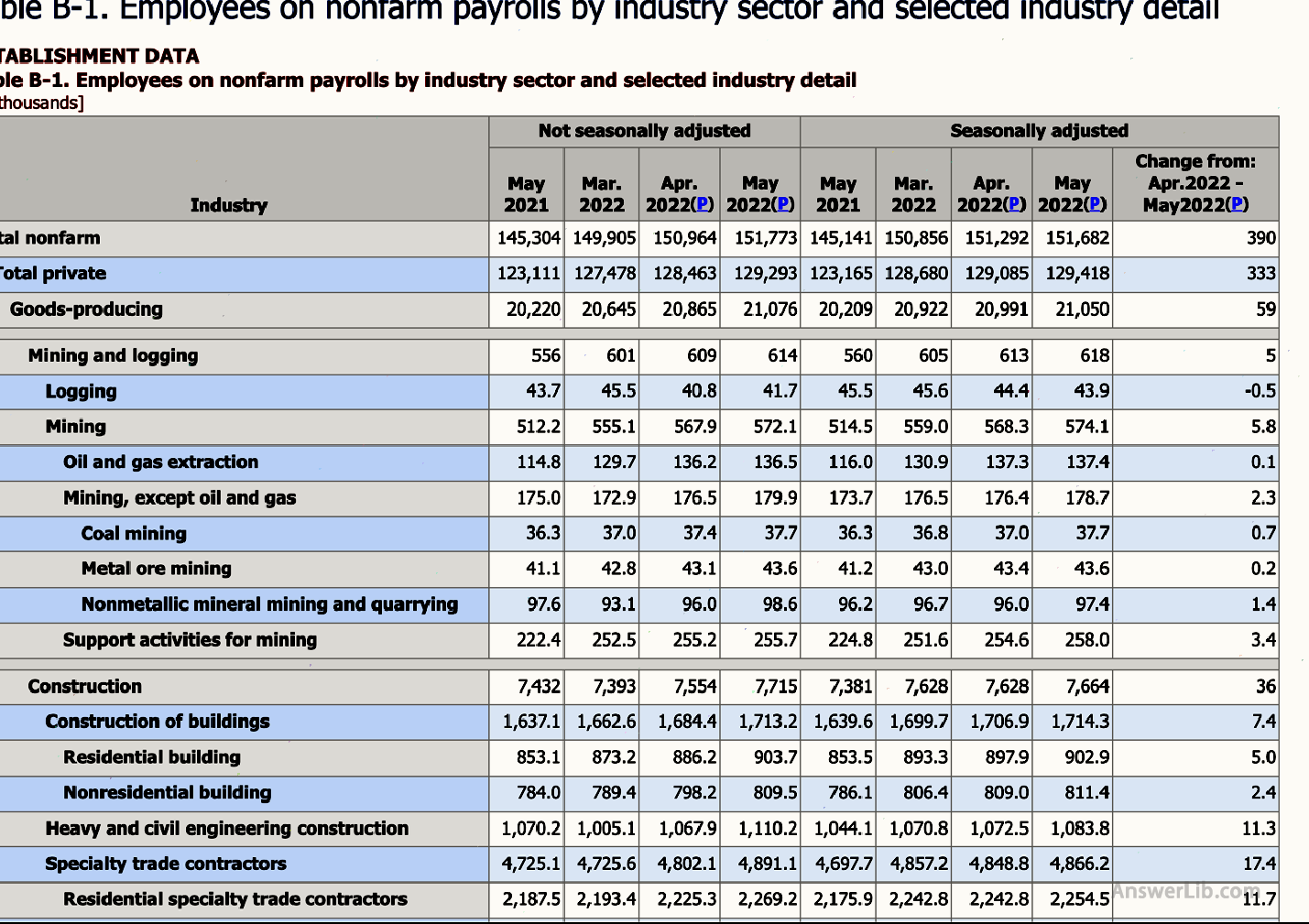
How to inquire about Chinese employment data?
step one: Enter the official website of the National Bureau of Statistics of China: http://www.stats.gov.cn/
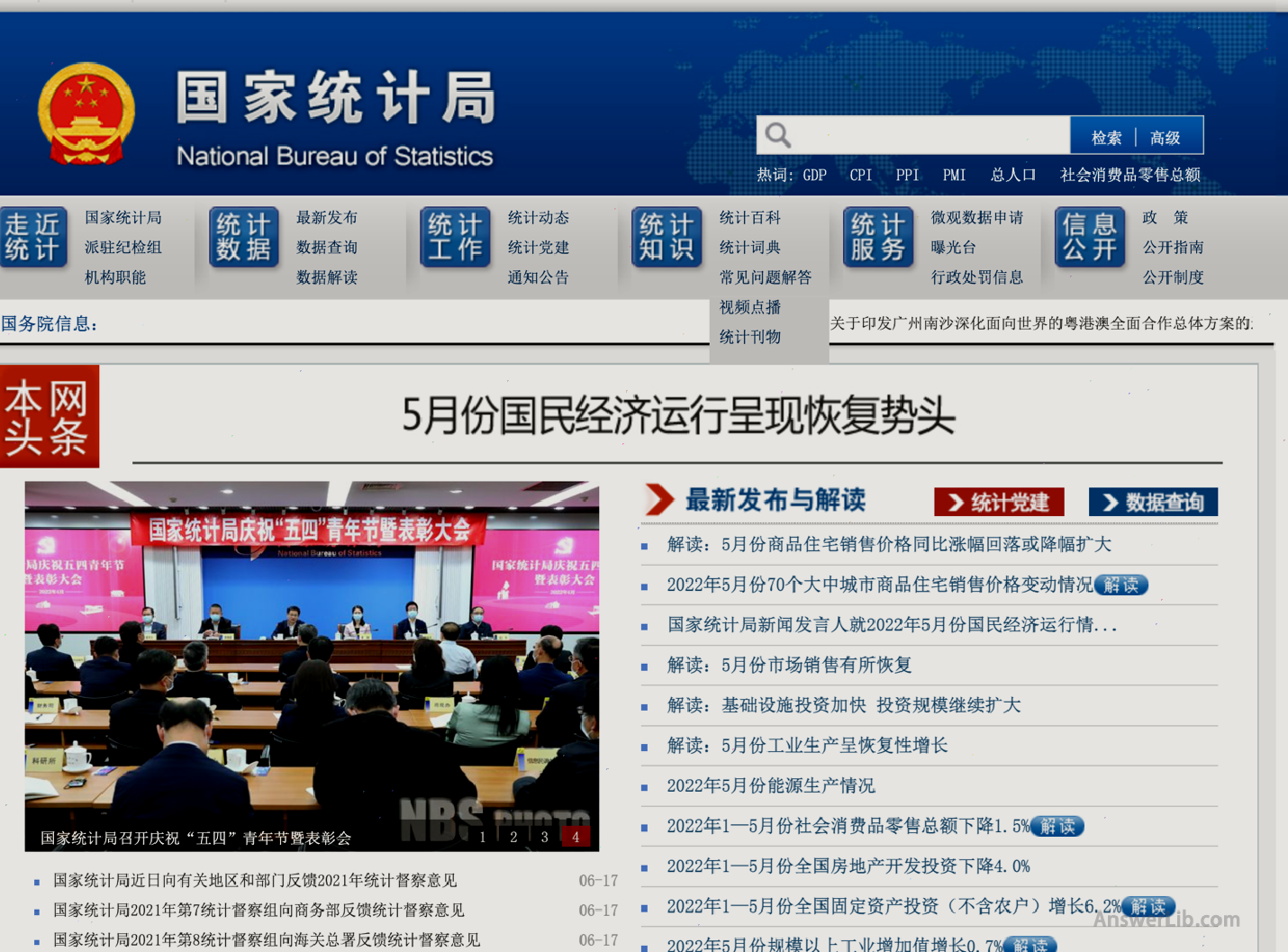
Step 2: Click the “Statistics Data” page in the menu bar above
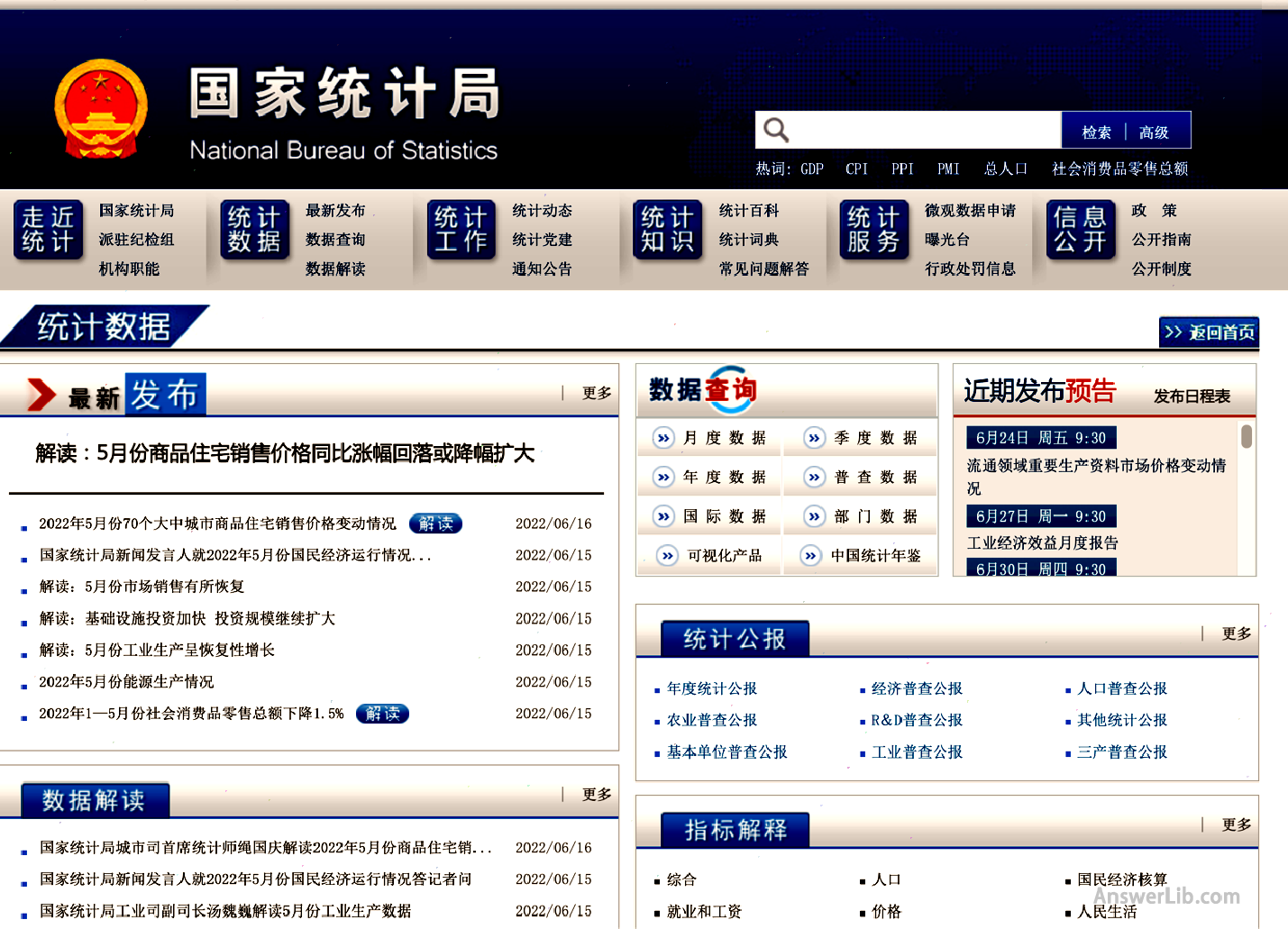
Step 3: Click “Annual Data” in “Data Inquiry”
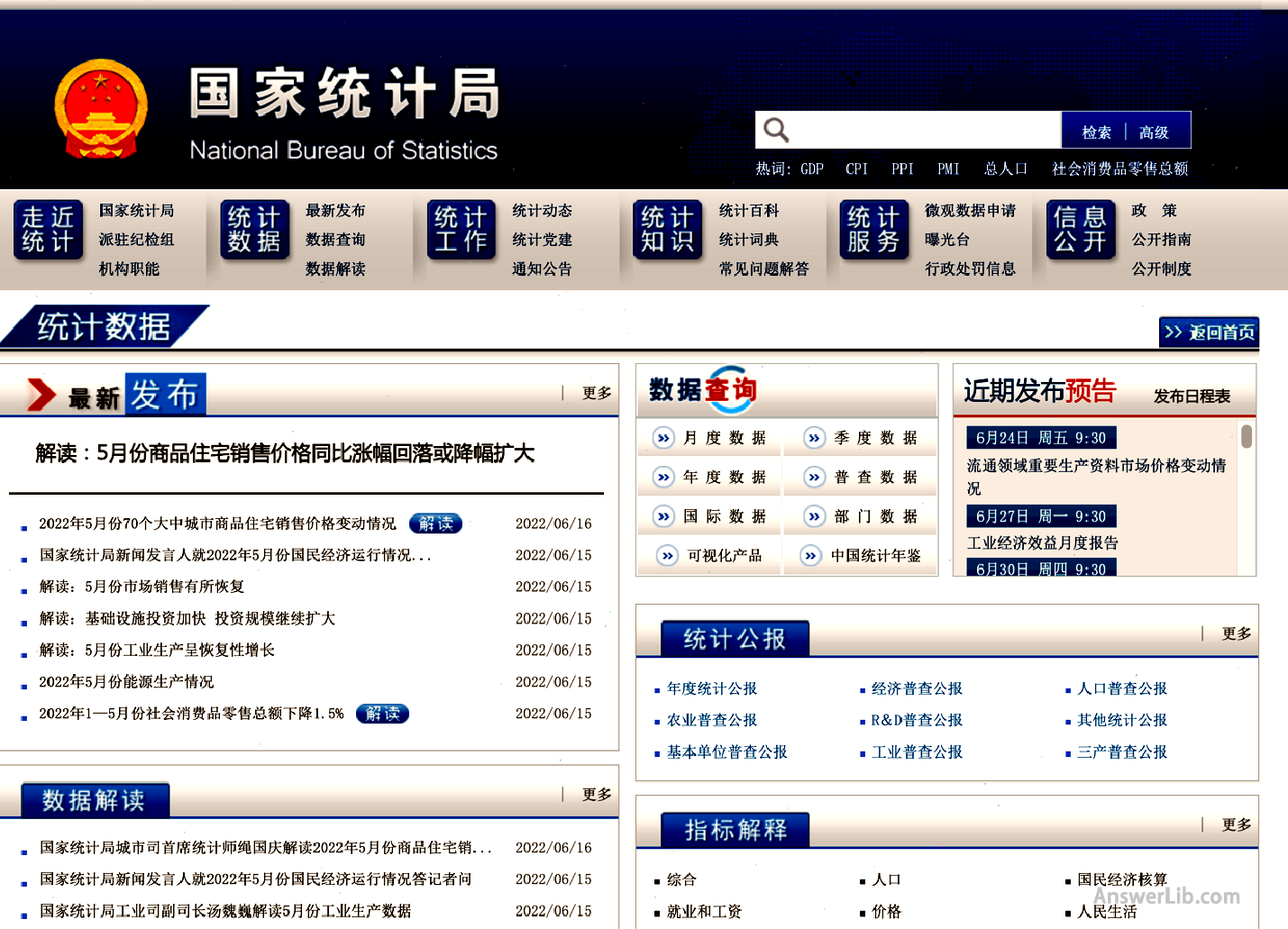
Step 4: You can enter the employment report release page

Step 5: Click the “Employees and Wages” in the menu bar on the left to view the employment statistics based on different categories: statistics:
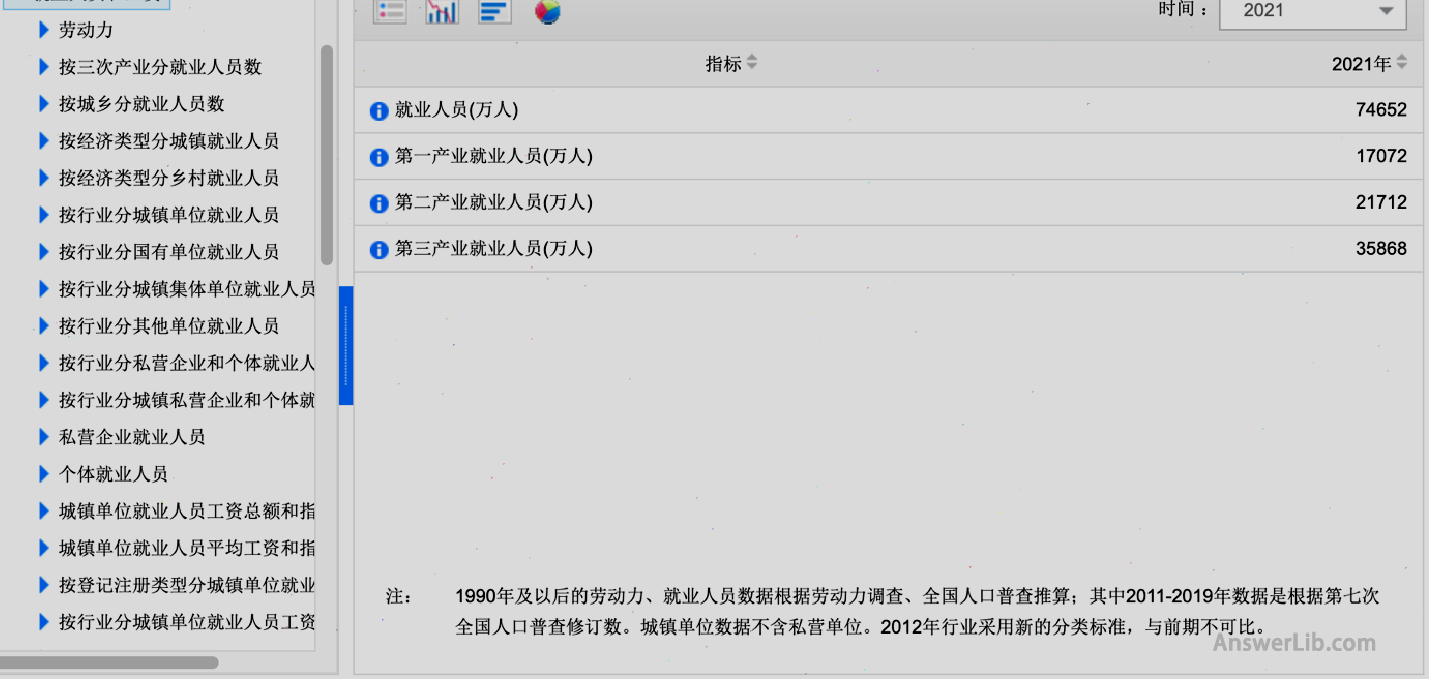
American Langshang Daquan
American brokerage ranking and comparison [2024] Recommended by the 12th National American brokerage firms
More macroeconomic data
- What is the national financial status index?
- What is the Buffett index?Buffet indicator
- What is the U.S.Treasury volatility index?Move index
- What US dollar index?US dollar index
- What is a bank deposit reserve?Bank reserves
- What is an open market operation?Open Market Operations
- What is the reserve balance interest rate?Interest on Reserve Balances
- What is personal consumption expenditure index?PCE Price Index
- What is overnight reverse repurchase?On Reverse Repurchase
- What is unemployment rate?UNEMPLOYMENT RATE
